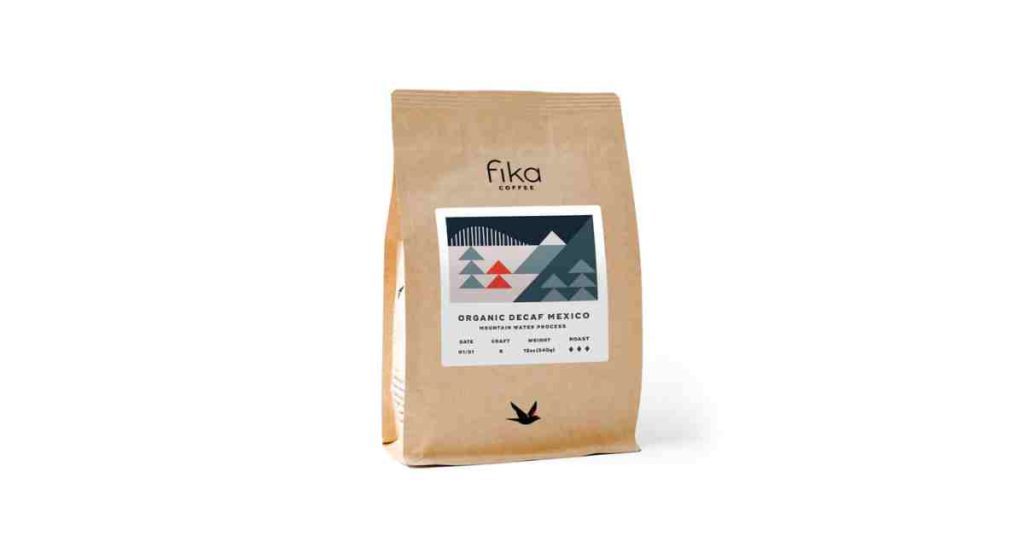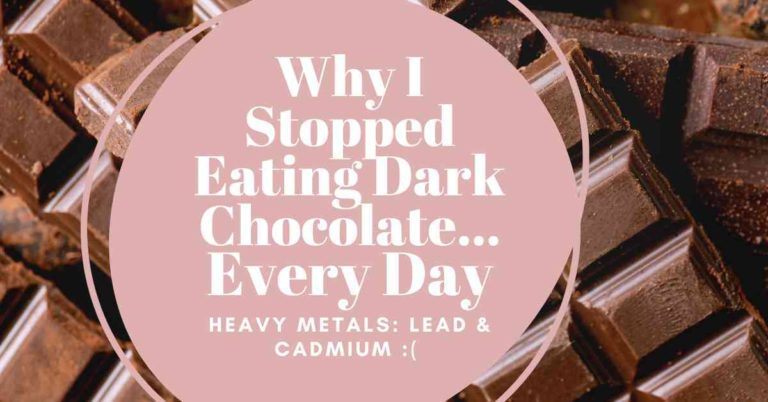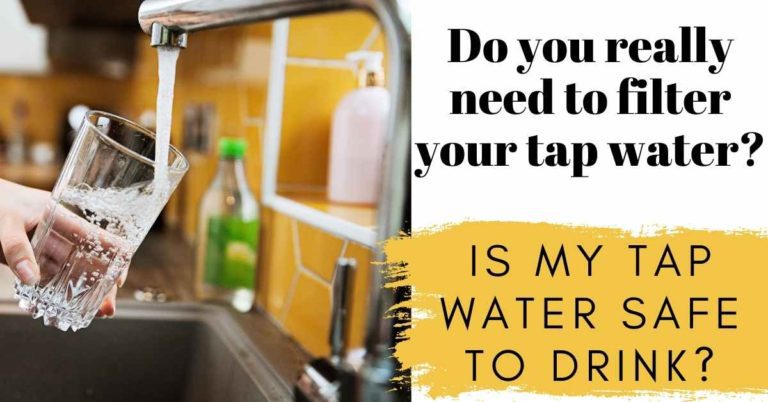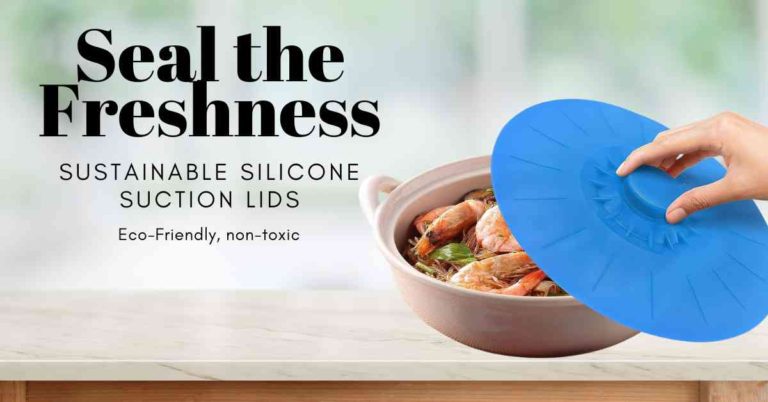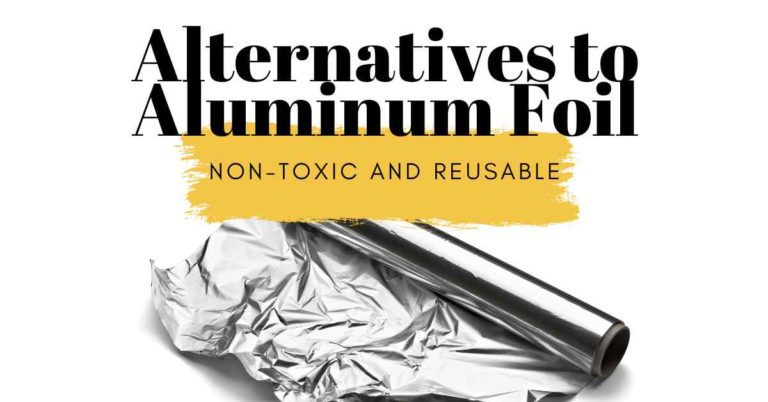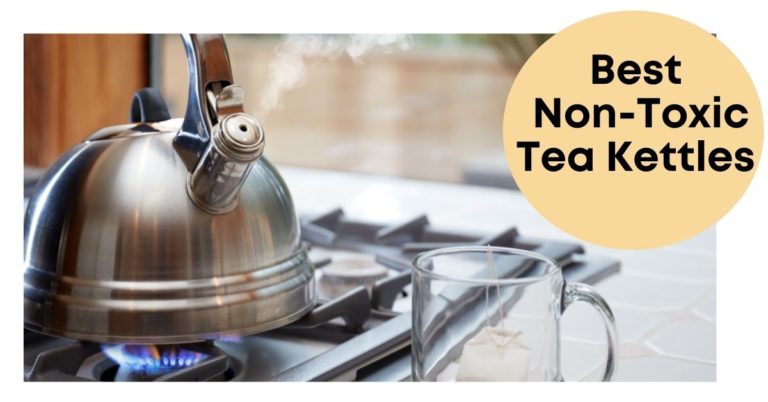Discovering How Decaf Coffee is Made and Exploring if it’s Bad for You
Are you like me, one of the few people who can’t drink regular coffee due to jitters and other unpleasant side-effects like feeling terrible and anxious? Ugh. I love getting a mocha or latte, but when I do, I make sure to opt for decaf otherwise bad things happen lol. Perhaps you have high blood pressure and are making the switch to decaf? Or maybe you like the flavor of coffee but aren’t interested in the caffeine affect.
Well, that’s great we have decaf coffee as an option! However, over the years, I’ve heard that the process for decaffeinating coffee exposes us to unwanted chemicals. So I wanted to do some research and find out what’s true. How is decaf coffee made? Are there health concerns with the methods used? Are some methods safer than others? What do popular coffee brands like Starbucks use? All these questions and more need answering, don’t they!? Let’s dive in and get the facts!
What is decaf coffee?
Decaffeinated coffee, better knows as decaf, is a type of brewed coffee that has been processed to remove most of its caffeine content. It typically removes 97% of the caffeine from a coffee bean. It is made using one of three methods:
- Chemical Solvent Method
- Carbon dioxide (CO2) Method
- Swiss Water or Mountain Water Method
Most people choose to drink decaf because they want a cup of coffee without the effects of caffeine. It can also be beneficial for those with certain health conditions, such as high blood pressure or anxiety. It’s also a great way to enjoy the flavor of coffee without being kept up late at night. Ultimately, there are many reasons why someone might choose to drink decaffeinated coffee, and it can be a great option for those who want to enjoy the taste without all of the caffeine.
How is decaf coffee made?
Coffee beans are decaffeinated using one of three methods: chemical solvents, water processing, or carbon dioxide (CO2) processing. Let’s take a deep dive in to each method for decaffeinating coffee:
Chemical Solvent Method
The chemical solvent method is one of the most common ways to decaffeinate coffee. This involves soaking the green coffee beans in either methylene chloride or ethyl acetate, which are both chemical solvents that can strip away the caffeine without altering the flavor. There are two ways this procedure can be done—direct and indirect.
Direct Method
The direct method is when the beans are soaked in the solvent to remove the caffeine. The green coffee beans are first steamed to open the pores so they are more receptive to the solvent. Then the beans are rinsed for about 10 hours with the solvent methylene chloride or ethyl acetate. The solvent chemical binds to the caffeine so it ends up removing the caffeine from the bean. The beans are steamed again to help remove any chemical residue. The beans then go through the roasting process.
Indirect Method
The indirect method is where the beans do not directly come into contact with the solvent. The green coffee beans are soaked in hot water to extract the caffeine, oils, and flavors of the coffee. Then the beans and water are separated. The water is then mixed with the solvent, and the solvent absorbs most of the caffeine and leaves the oil and flavors in the water. The water and solvent are then separated. Then the water and beans are brought together again and the beans reabsorb the coffee oils and flavors. The beans then go through the roasting process.
Are there concerns with the chemical solvent method?
Trace amounts of chemical solvents can remain in decaffeinated coffee after the decaffeination process. This is why it is important to research your source before purchasing to ensure that they use safe and sustainable practices when it comes to decaffeination. There are several techniques used to reduce the presence of residual chemicals such as steam-cleaning and triple-washing.
One of the main concerns people talk about with the solvent method is the use of methylene chloride. This chemical used to be in paint strippers before the EPA banned it’s use in 2019. It is also listed on the prop 65 list since it’s a carcinogen. So of course we don’t want to consume this chemical, but be reassured any exposure via drinking decaf is SUPER LOW. The FDA stated “Methylene chloride may be “in coffee as a residue from its use as a solvent in the extraction of caffeine from green coffee beans, at a level not to exceed 10 parts per million (0.001 percent) in decaffeinated roasted coffee and in decaffeinated soluble coffee extract (instant coffee).”
So there could be very low exposure, but it is exposure. I will try and avoid decaf coffee that uses this method (if possible). Most major brands use the chemicals solvent method, but you can find out if they tested positive or negative for trace amounts of methylene chloride by checking out the testing done by The Clean Label Project. I’m mostly concerned about the cumulative affect of being exposed to many chemicals throughout the years so if I have the opportunity to easily avoid exposure to an unwanted chemicals then I try to do so.
Ethyl acetate, on the other hand, is a natural compound found in fruits, vegetables, and other foods. However, the ethyl acetate used in decaf coffee is typically a synthetic compound derived from petroleum. Some consumers and health experts are concerned about the potential health risks of consuming this synthetic version of ethyl acetate.
2. Carbon Dioxide Method
This process involves using carbon dioxide (CO2) to extract the caffeine from unroasted beans. According to Britannica.com, “the CO2 reaches into the crevices of coffee beans like a gas but dissolves caffeine like a liquid. After the beans have been soaked in water (a process that expands cell structures and makes it easier to extract the caffeine molecules), they are exposed to supercritical CO2 for several hours. The caffeinated CO2 liquefies and evaporates, and the beans are then processed. Because this method leaves the carbohydrates and proteins intact, there is less change in taste as a result of decaffeination.”
3. Swiss Water and Mountain Water Method
The Swiss Water Process and Mountain Water process are trademarked and use similar methods. They both use water and carbon filters to remove coffee’s caffeine, and is considered one of the safest methods. When I was reading about the process, I have to be honest with you, it was confusing! I found this infographic which made it easier to understand. Here’s what I learned:
The first step in the process means you need to create Green Coffee Extract (GCE). The green coffee beans use hot water to remove caffeine and other soluble compounds (like oil, nutrients) that give coffee it’s aroma and flavor. The beans are discarded and the water goes through an activated carbon filter which removes the caffeine but keeps the other coffee flavor goodness. Now you have the GCE!
The GCE is now used to wash a new batch of green coffee beans. The water already has the coffee flavor compounds so only the caffeine ends up being removed from the beans. Here’s another description of how this works from Fresh and Roasted coffee “diffusion. Swiss Water explains that the green coffee is soaked in their proprietary Green Coffee Extract (“GCE”) containing all the water-soluble compounds found in coffee, except for the caffeine. The solution is heated so the coffee beans swell, and become porous. The caffeine molecules move out of the swelled coffee and into the GCE through osmosis, while the volatile compounds that affect things like flavor and aroma are left in place. The process is repeated until the coffee is 99.9% caffeine free. The beans are then dried.”
From this process there is the leftover GCE water which goes through a process to remove the caffeine using a carbon filter and then this water is ready to be used again to soak a new batch of green coffee beans! So it’s pretty cool that is can be reused over and over.
Now that we’ve reviewed the different way coffee is decaffeinated, let’s answer the big question:
So are the methods used to decaffeinate coffee bad for you?
No, but the potentially safer and more natural options would be the Swiss Water process, Mountain Water process, and Carbon Dioxide process.
Based on my research, I’m finding that the only slight concern is taking in very tiny trace amounts of solvent chemicals like methylene chloride or ethyl acetate when the chemical solvent method is used to decaffeinate coffee. Like I stated earlier, it’s LOW amounts if any. I wouldn’t worry about it much if you rarely drink decaf coffee, however if you drink on a daily basis then you may want to do some more research on the method being used. See the next section for recommendations.
Decaf coffee may still be getting a bad wrap from how it originated because they were using benzene (which is terrible for you) as one of the first methods to decaffeinate coffee. However, we now have much safer methods.
Find out what method your favorite coffee brand is using
- If you are purchasing from more mainstream, well-known coffee brands then check the Clean Label Project page to see if any of the brands tested positive for methylene chloride and try to avoid purchasing this coffee. Most likely they are using the chemical solvent method using methylene chloride. I reached out to Starbucks customer support to see what method they used and they stated “Please note that Decaf coffees are only decaffeinated through the methylene chloride method.” So I’m glad to see they were at least testing negative for trace amounts of methylene chloride from the Clean Label Project test results..
- If you go to a favorite coffee shop, or purchase from a local roaster just ask them about the process they use.
- Check the labels and looks for brands that are transparent about how they decaf.
- Most likely if they use the Swiss Water or Mountain Water process then it will be easy to find on the packaging or website
- If they use the chemical solvent method then there are several techniques used to reduce the presence of residual chemicals such as steam-cleaning and triple-washing
Swiss Water and Mountain Water Decaf Coffee Recommendations
This post contains affiliate links, which means I receive a small commission, at no extra cost to you, if you make a purchase using this link. Please see my disclaimer for more details. Your purchase helps support my work in bringing you information about non-toxic living.
Personally if I’m brewing at home then I will purchase decaf options that use the Swiss Water or Mountain Water process. Here are some of my favorite options out there:
Peace Coffee Decaf French Roast (Mountain Water Method)

365 by Whole Foods Market Decaf Morning Blend Organic Ground (Swiss Water Method)

Fika Organic Decaf (Mountain Water Process)
Final Thoughts
Decaffeinated coffee is a great choice if you are looking to reduce your caffeine intake. It’s important to be aware of the different methods used to decaffeinate as some potentially have trace amounts of chemical solvents. I recommend researching into the brands and processes before deciding what type of decaf option is best for you. And if you need a little help, I’ve listed some of my favorites above! Cheers and happy coffee drinking!


